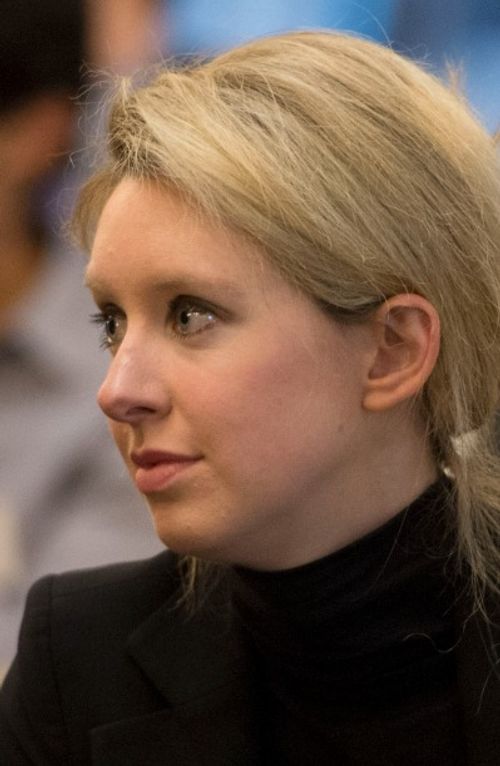Elizabeth Holmes: a psychological profile
Apr 13, 2022 · 14 mins read
0
Share

Ambitious charmer
As a child growing up in Washington DC, California and Houston, Elizabeth Holmes was intensely competitive. She became a straight-A student, learned Mandarin, and told family members that she “wanted to be a billionaire”.
Save
Share
Her father, a public servant who had helped organize humanitarian efforts for events such as the Mariel boatlift of Cuban refugees to the US, drummed into her the need to do something purposeful with her life, not just make money.
Save
Share
Holmes was good at science, and in 2002 was accepted into Stanford University to study chemical engineering. Her driven nature soon came to the fore.
Save
Share
She cultivated a friendship with Channing Robertson, a star professor who had helped prove the addictiveness of cigarettes. She also had a boyfriend for a while, but dumped him, explaining that there’d be no time to see him. She was starting a company.
Save
Share
Going without sleep, Holmes had written a patent that involved an arm patch that could diagnose and even treat medical disease. She was so confident of her idea that she decided to turn it into a business. Her new firm combined the words ‘therapy’ and ‘diagnosis’: Theranos.
Save
Share
Holmes convinced Tim Draper, a Silicon Valley venture capitalist who had invested in Hotmail and other companies, to invest $1 million. Draper’s backing of the fledgling firm gave it credibility.
Save
Share
Holmes was incredibly young for a CEO, but she soon gathered a top team around her, including Henry Mosley, a Silicon Valley finance veteran, Donald Lucas, a venture capitalist who had mentored Oracle’s Larry Ellison, and Channing Robertson.
Save
Share
Other members of the executive team had decades of experience at top technology companies like IBM, and in pharmaceuticals and biotech. By 2006, the company had sixty employees.
Save
Share
There were rumors from the early days that Theranos had a terrible work culture and that its technology wasn’t all it was cracked up to be. But then, Silicon Valley was an arena for driven people and product hype was the norm.
Save
Share
John Carreyrou, a Wall Street Journal journalist of sixteen years standing, came to the Theranos story in 2014 when he was contacted by a pathologist, Adam Clapper. Clapper doubted that the company’s much vaunted finger-prick blood tests could ever work.
Save
Share
0